About eight kilometers northwest of Giza, near the village of Abu Roash, the ruins of an ancient building can be seen. This is the Pyramid of Djedefra, sometimes called the fourth pyramid of Giza despite the distance that separates it from the famous structures of Cairo.
It has the particularity of being one of the three northernmost pyramids, together with that of Athribis and another that has disappeared near it, because all the others were built in more southern latitudes. Of the three, the northernmost is this one.
But there is more, because until the end of the 20th century, archaeologists did not know if the pyramid was finished or if it had remained unfinished. In the first case, the top of the pyramid would have been the highest in Egypt (220 meters above sea level, between 8 and 20 meters above the original top of the Great Pyramid of Cheops) and its current state would be fruit of the destruction and reuse of the stones for subsequent constructions from Roman times onwards.
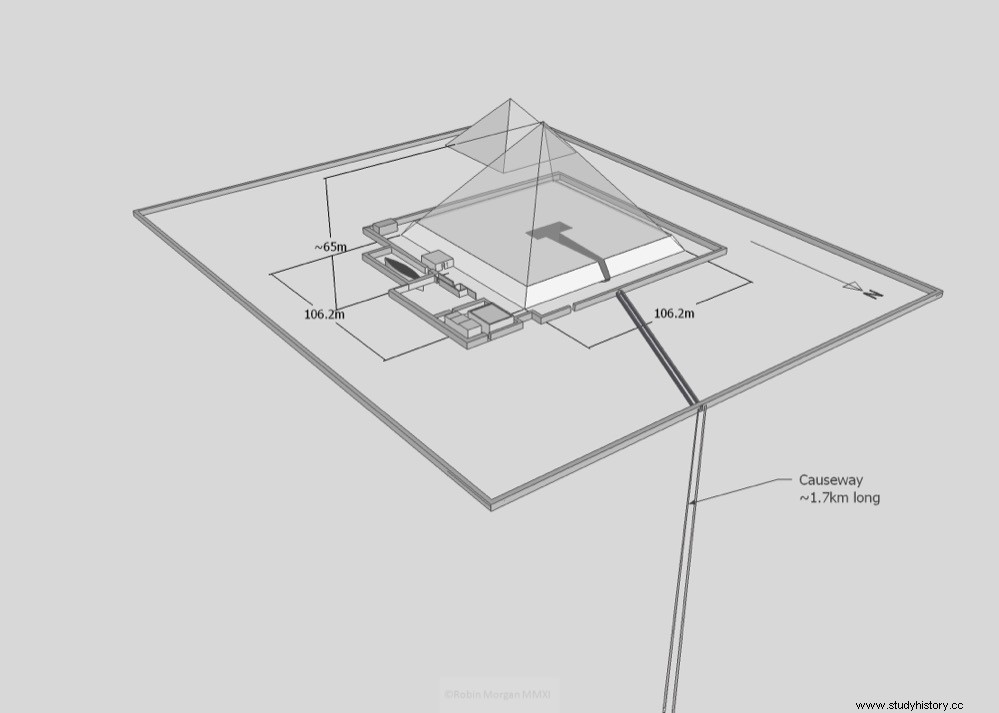
This seems to be the most likely scenario, as the latest excavations found that the funerary complex around the monument was completed and active long after the pharaoh's death, which would not make sense if the pyramid had never been completed.
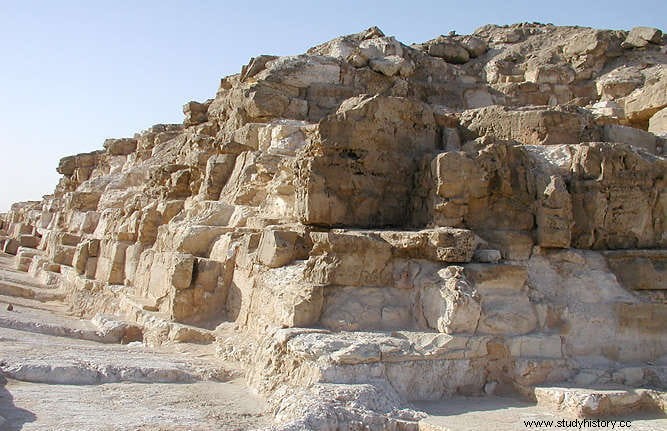
What is known for sure is that its construction began around 2580 BC. by order of Pharaoh Djedefra, son and successor of Cheops. The pyramid is on a hill overlooking the Giza Plateau (hence its altitude may have been greater than that of the Great Pyramid, despite its smaller size similar to that of Menkaure).
The reasons why this place was chosen as well as the reasons for the reduction in the size of the building are unknown, although some researchers point to theological reasons, since Djedefra was the first pharaoh to bear the title of son of Ra .
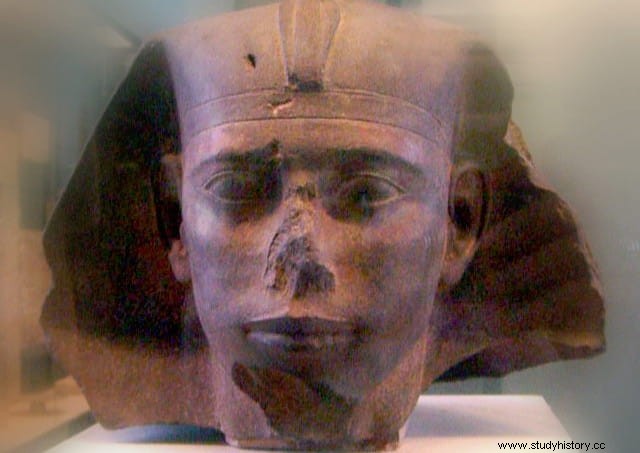
It was first explored in 1840 by John Shae Perring (who excavated Giza using gunpowder between 1837 and 1842), followed by other researchers such as Flinders Petrie and Émile Gaston Chassinat. Incidentally, in the 1880s, Petrie still indicates that huge quantities of the precious pink granite were still being removed from the pyramid, at the rate of 300 loaded camels a day. The most extensive excavation of the complex began in 1995 by a French-Swiss team led by Michel Valloggia.
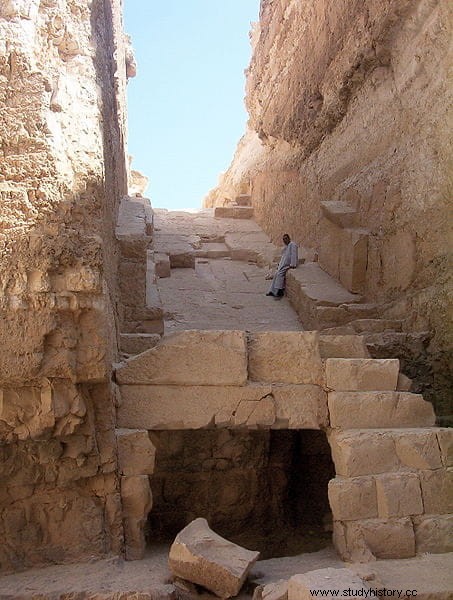
The original length of its base was 106.2 meters, which with an angle of inclination of 52 degrees (similar to the pyramid of Cheops) would have given the structure a height of 67 meters. To save material, time and work, the hill was used, which made up 44 percent of the total volume of the pyramid.
It is significant that the burial chamber is not inside the pyramid as it used to be, but below it, at a depth of 21 meters, and in its lower part it has depressions that indicate that it housed a sarcophagus and a canopic chest, just like the pyramid of Khafre. .
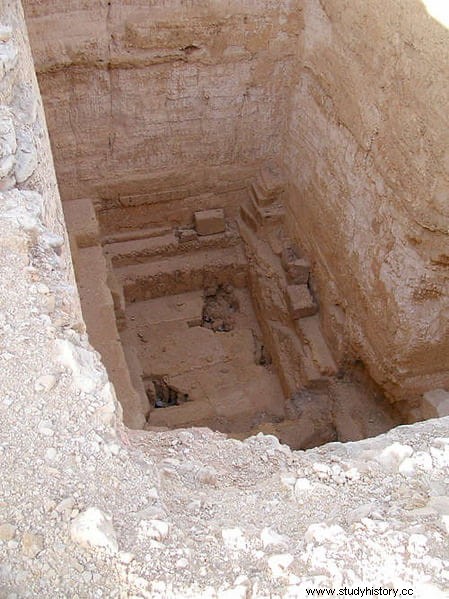
In inscriptions found in the pit, the name of the pyramid appeared, which translates as Djedefra's star-covered or as Dyedefra belongs to the firmament .
Émile Chassinat, during excavations between 1901 and 1924, found numerous fragments of statues of Pharaoh Djedefra (including four heads) and members of his family, his sons Baka, Hornit, Setka, Neferhetepes and Queen Hetepheres II. Most of these fragments are now kept in the Louvre, the Egyptian Art Museum in Munich, and the Cairo Museum.
